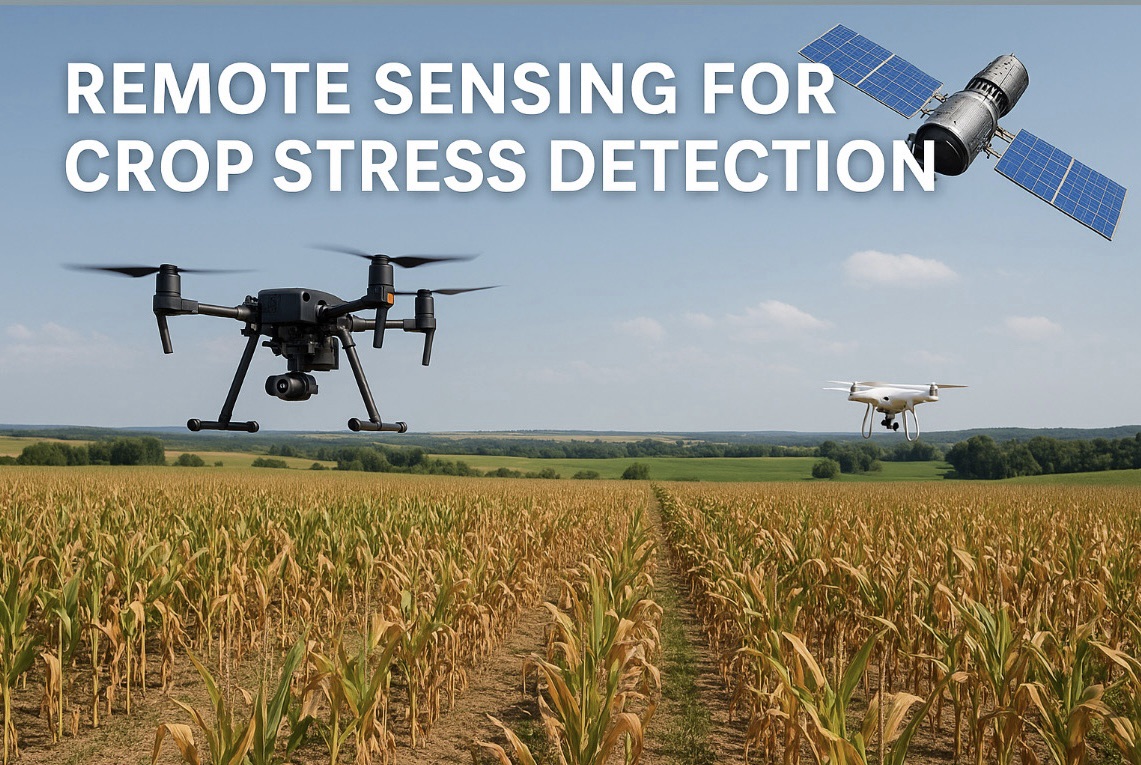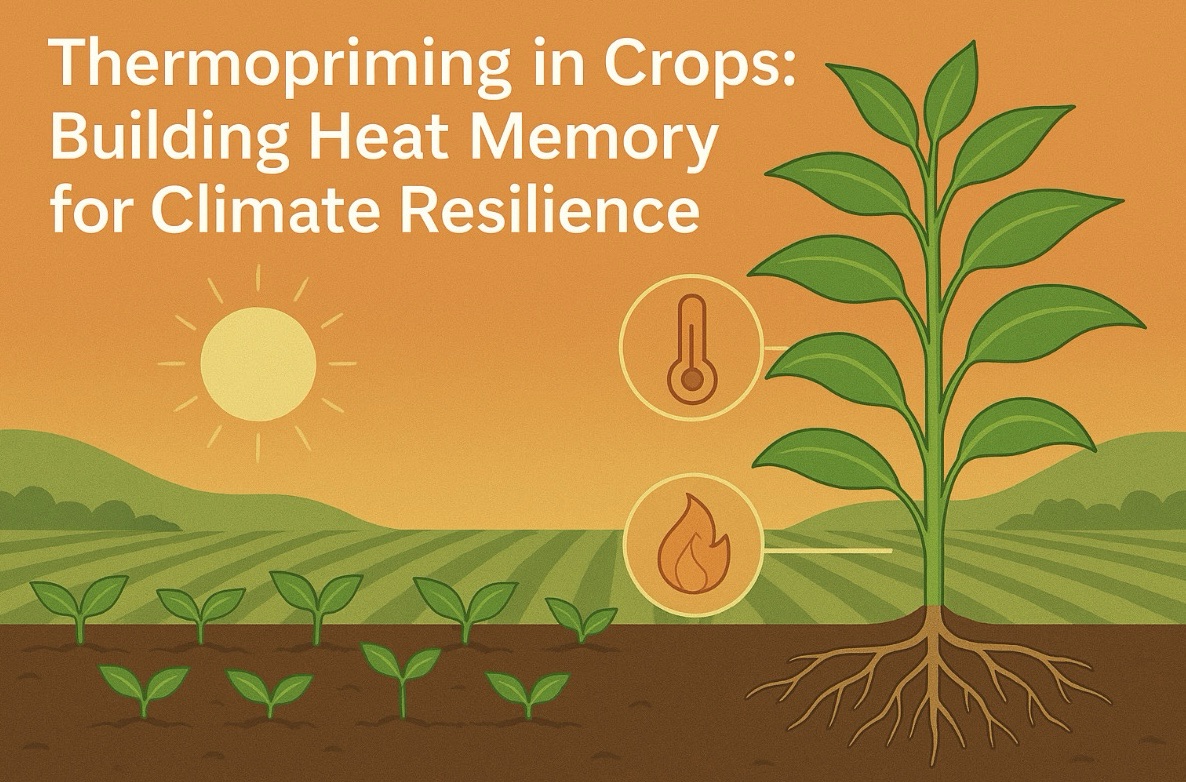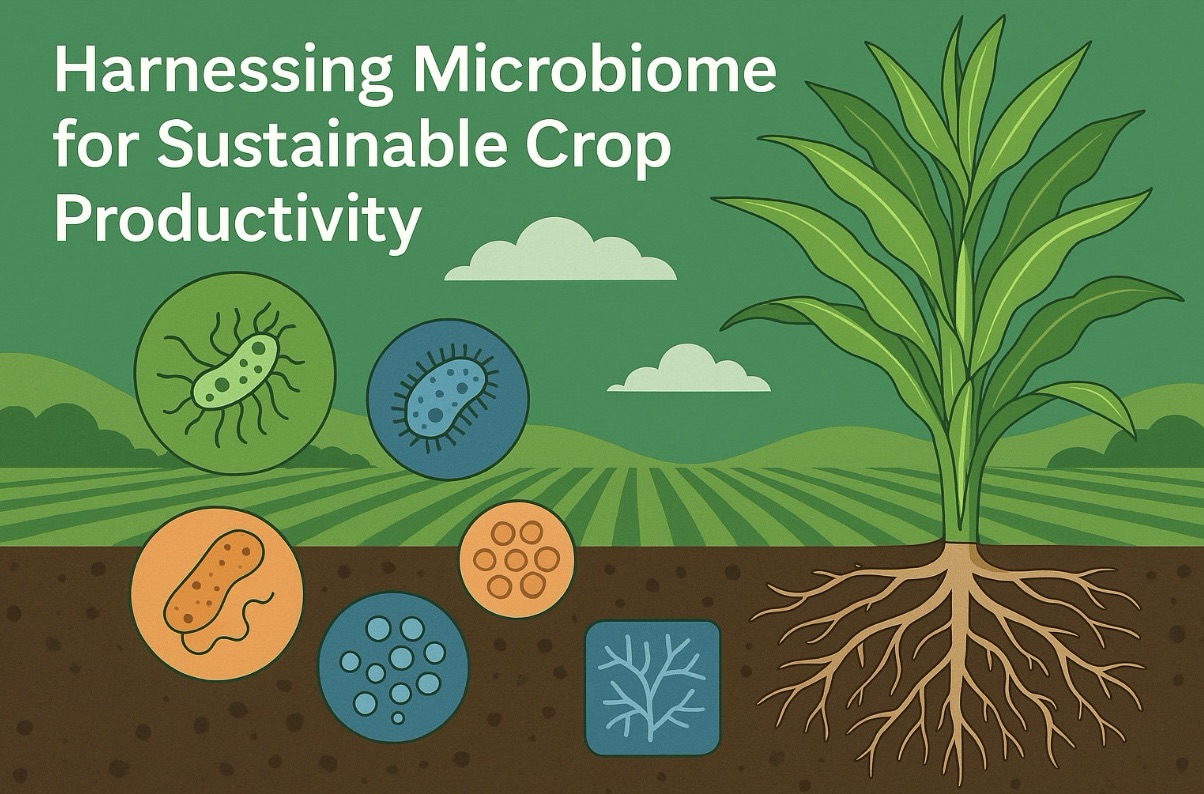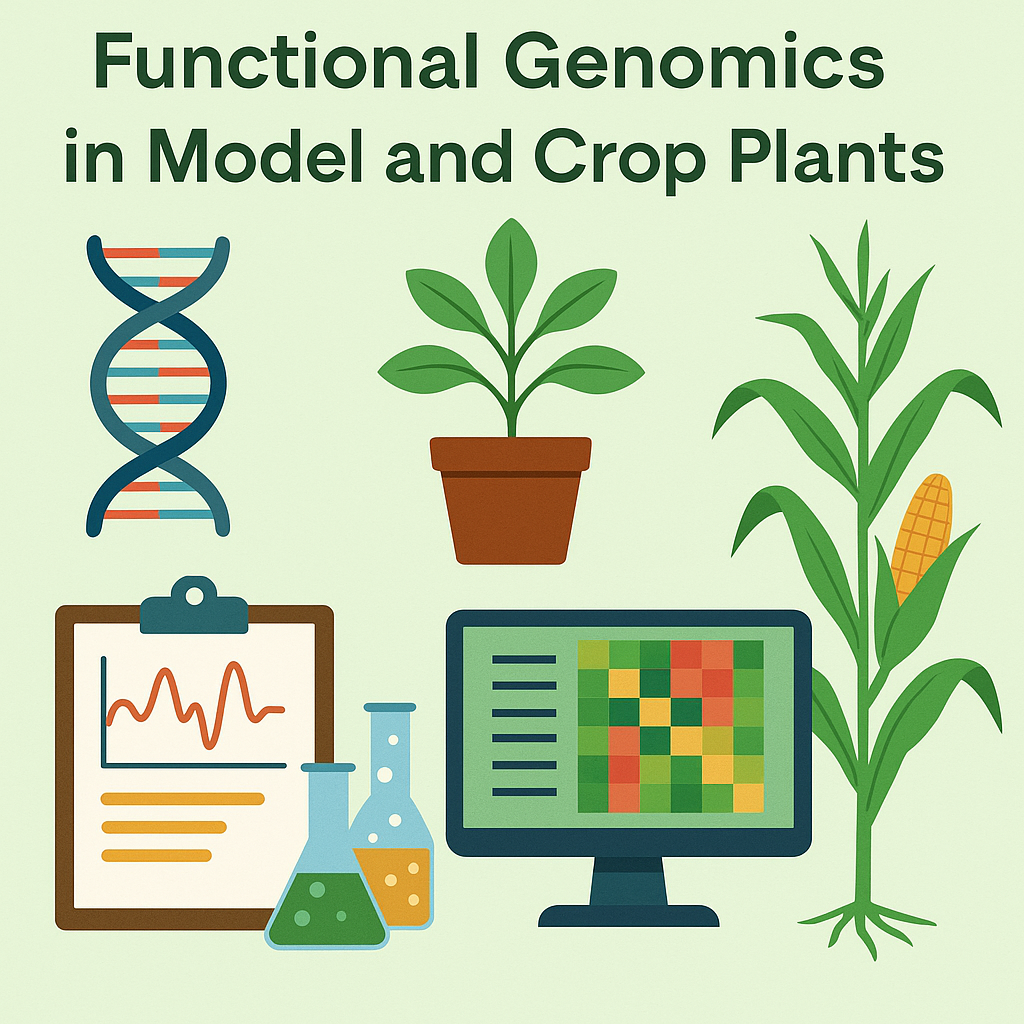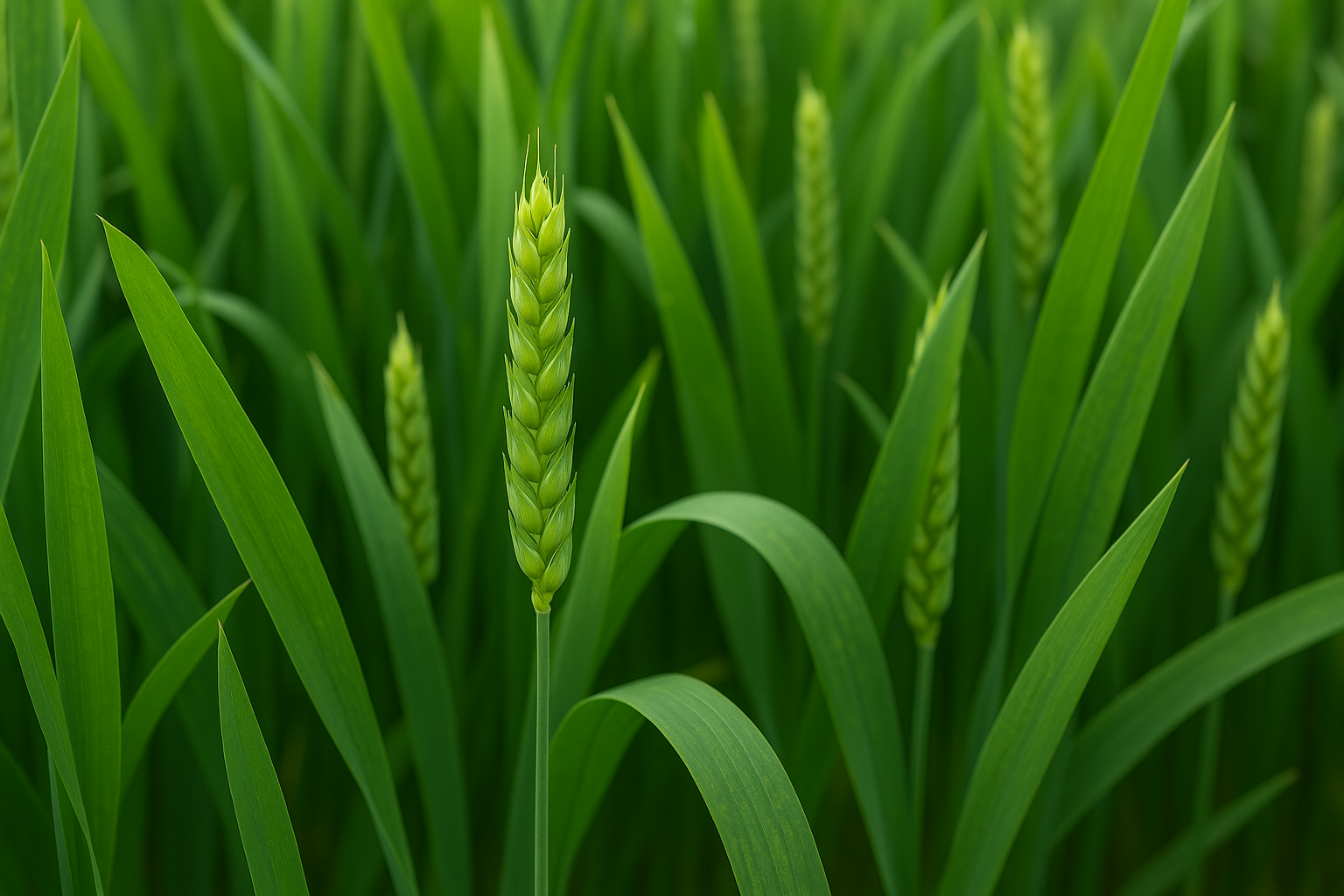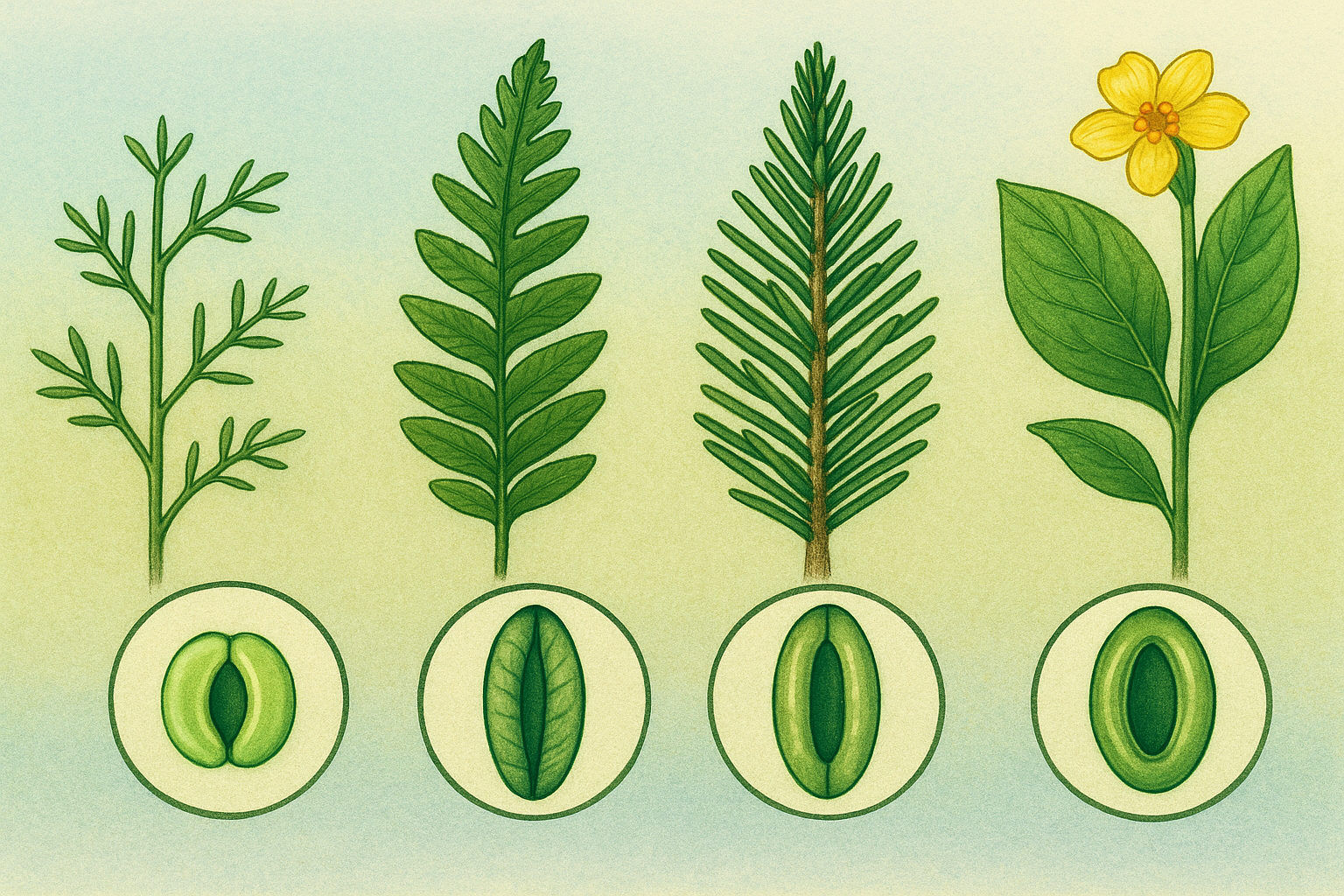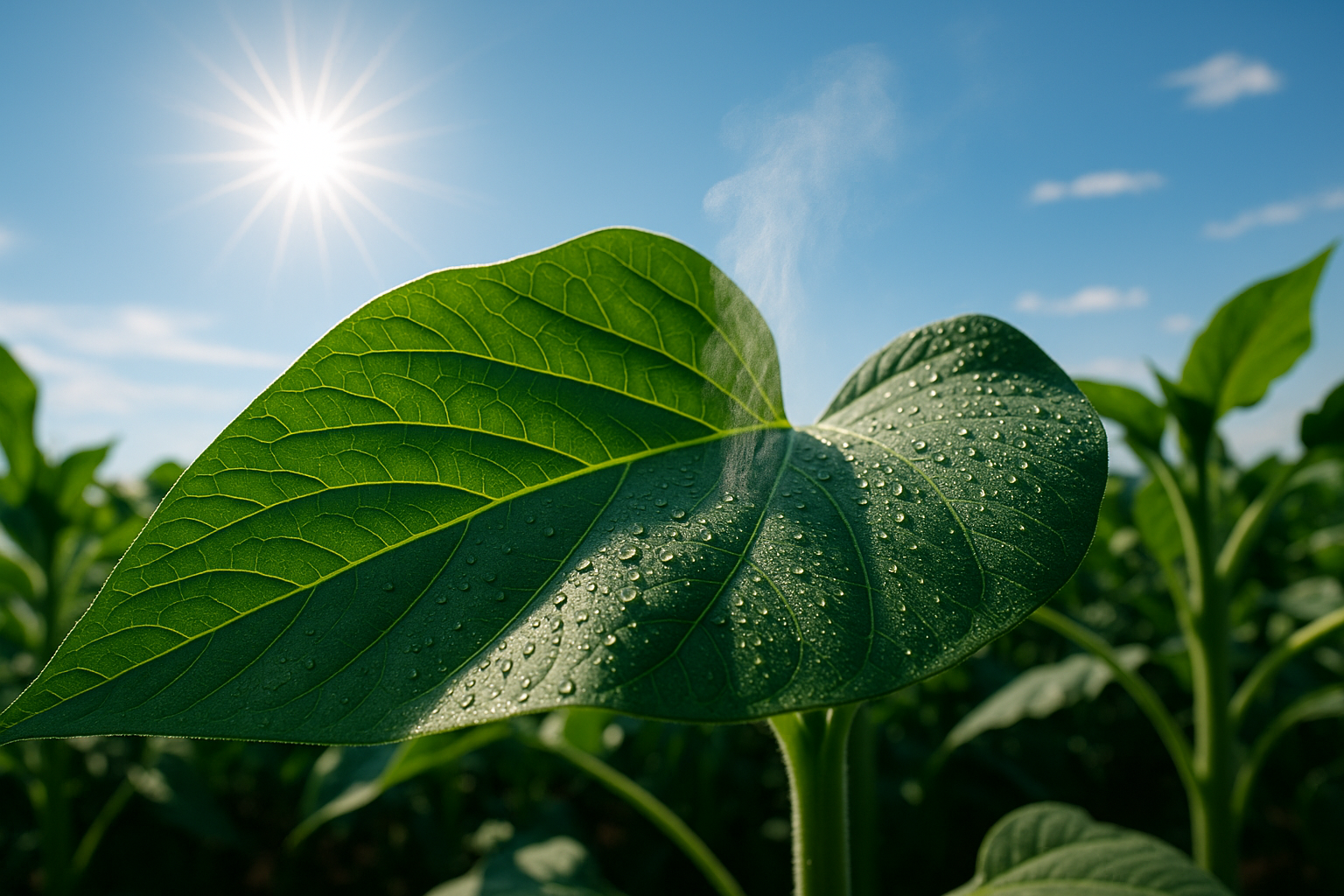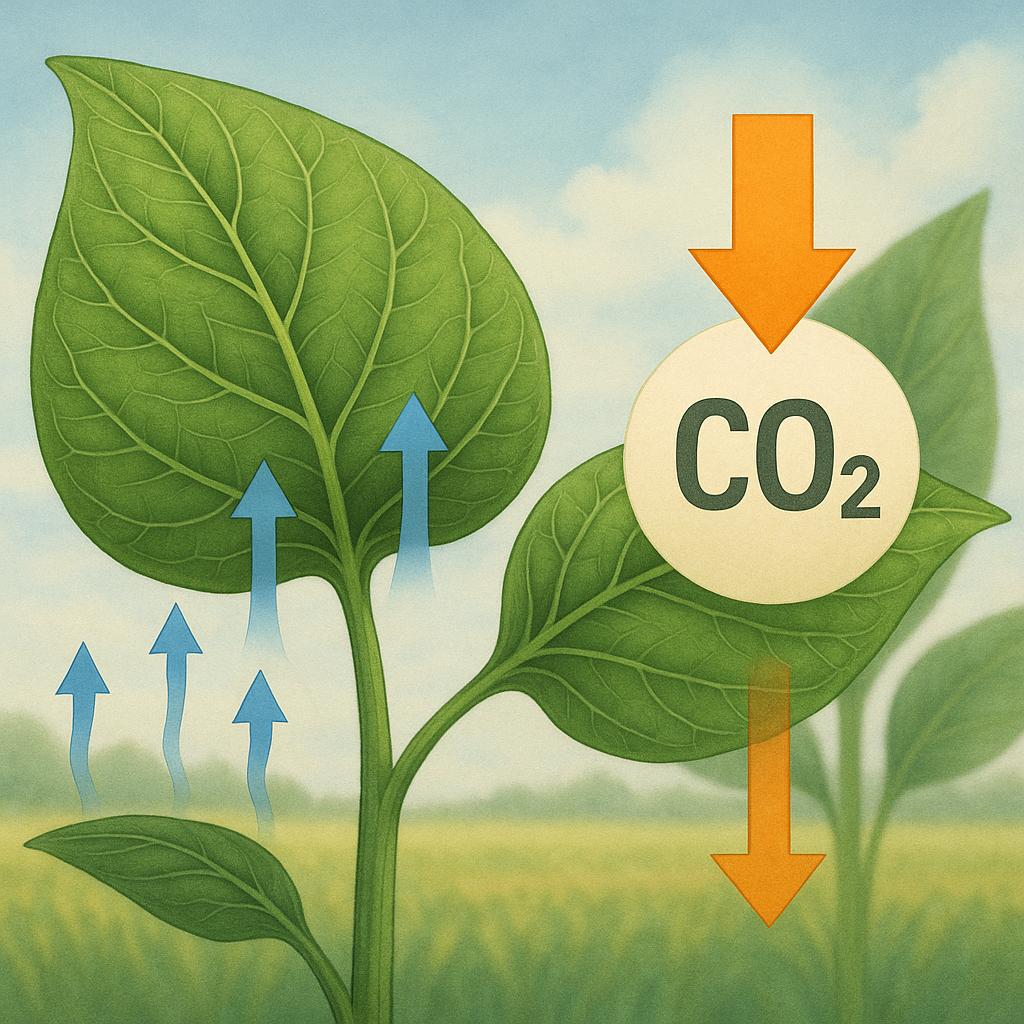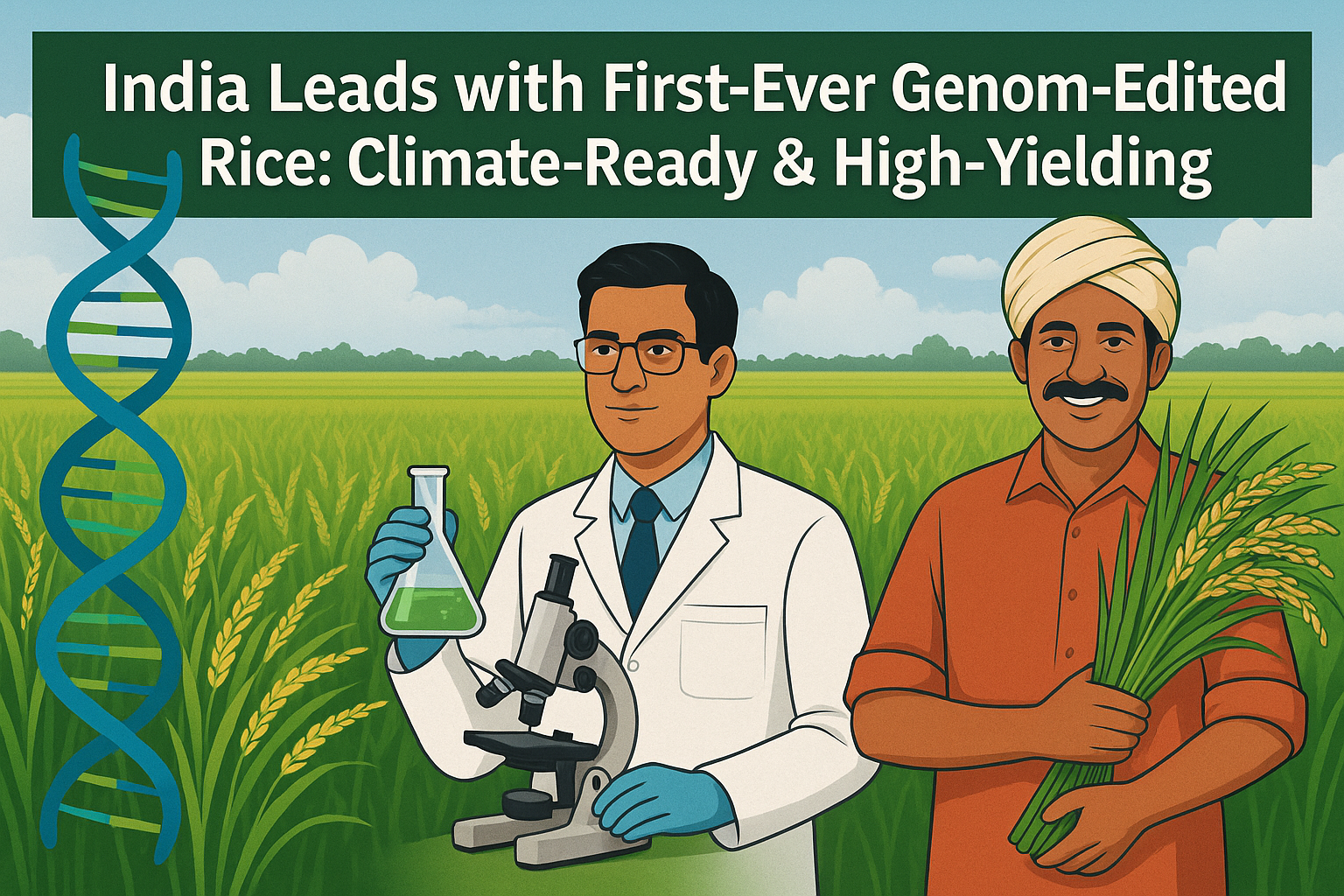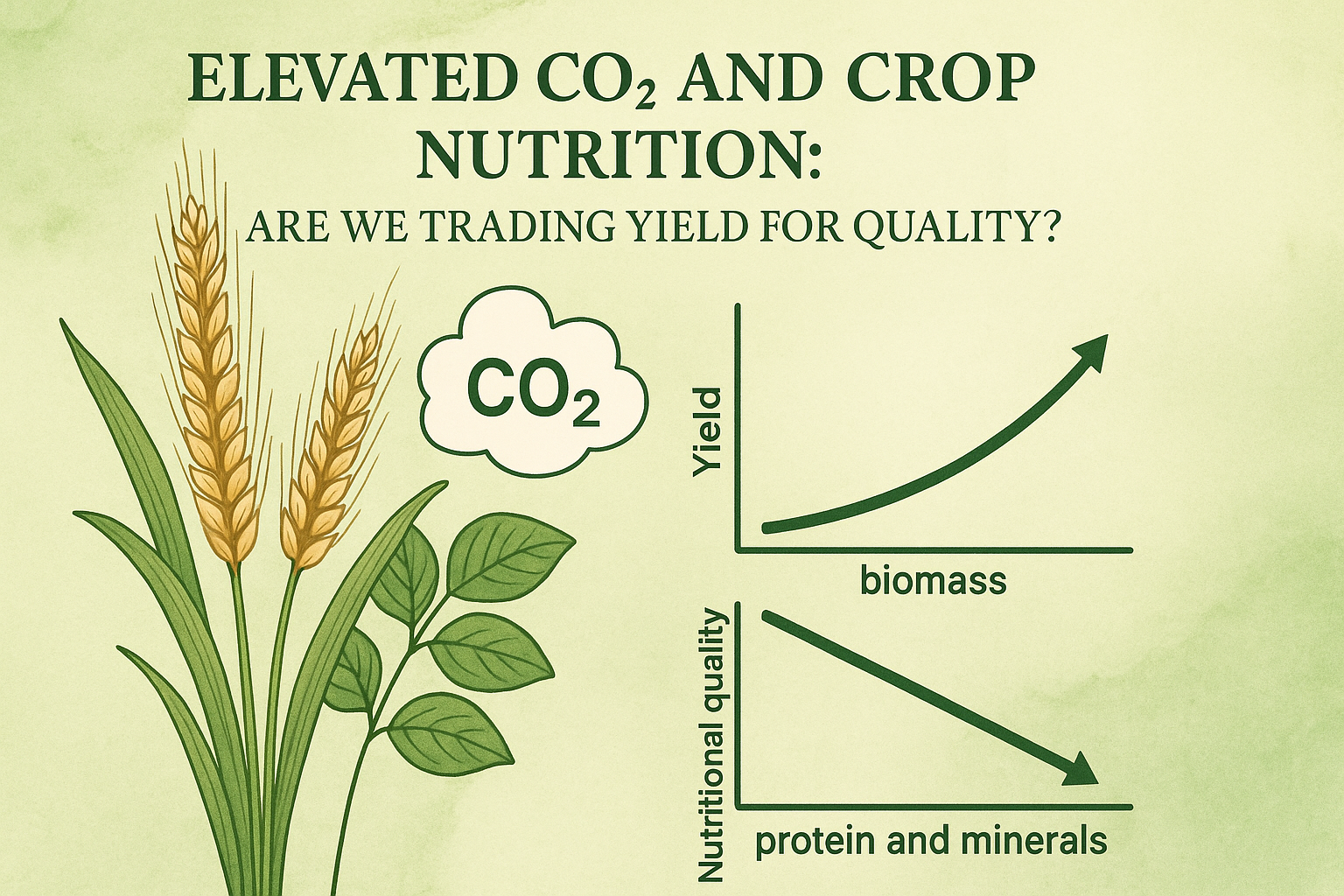10 min read
0
Remote Sensing for Crop Stress Detection: A New Vision for Resilient Agriculture
In the face of an ever-growing global population and the increasing unpredictability of climate change, the agricultural sector finds itself at a critical juncture. Ensuring food security while maintaining ecological sustainability requires not just more inputs, but smarter and more…






